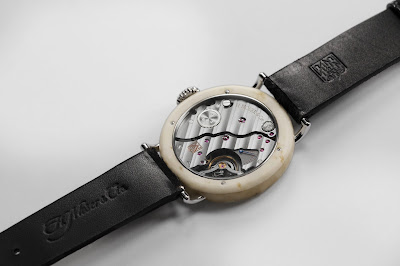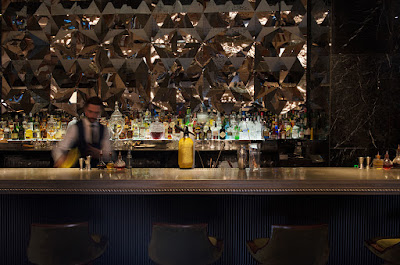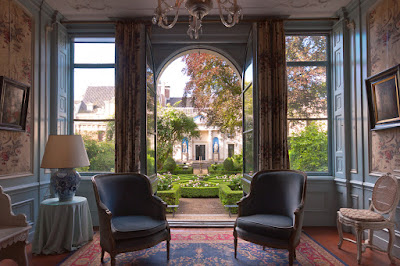Since the first Super Bowl in 1967, even before it was known
as the Super Bowl, Tiffany & Co. has designed and created the trophy that
represents American professional football’s highest honor.
The design is simple, sleek and timeless. A regulation-size football sits angled on a stylized elongated
and concaved three-sided kicking tee. The trophy stands 22 inches high and is
made entirely of seven pounds of silver. This design has remained consistent during that the 51-year history of the
game.
The trophy’s intrinsic value based on the spot price of
sterling silver is approximately $1,617. However, Tiffany values the trophy as “priceless.”
When you consider that the Super Bowl is the number one sporting event in the
U.S. and the NFL is the number one sports league in the U.S., it would seem
that Tiffany’s valuation is highly accurate.
As the legend goes Oscar Riedener, former Tiffany & Co. VP and head of design, sketched the trophy’s basic design on a napkin during
a 1966 meeting
with then NFL
Commissioner Pete Rozelle. The trophy was first presented January 15, 1967, to the Green Bay
Packers in what was then referred as the “AFL-NFL World Championship Game,” retroactively
named Super Bowl I. It was inscribed with the words, “World Professional Football
Championship.”
The Super Bowl name wasn’t officially used until Super Bowl
III in 1969. The game, played on January 12 marked the first time the
championship team from the American Football League (an upstart league that
competed with the NFL) defeated the champion from the NFL in what is regarded
as one of the greatest upsets in American sports history. The New York Jets
defeated the Baltimore Colts 16–7. A year later the two leagues finalized their
merger first announced in 1966 and launched the NFL into the modern era.
In 1970 the trophy was renamed the Vince Lombardi Trophy
after the death of legendary Green Bay Packers coach, the
winner of the first two Super Bowls.
While the design is the same, unlike many sports trophies it
is created each year, currently at
Tiffany’s workshop in Cumberland,
R.I., according to the luxury jeweler.
Master artisans employ age-old silversmithing techniques—which include spinning, chasing, hand
engraving and polishing—requiring 72 man hours to complete.
After the
field ceremony, the trophy will be returned to Tiffany’s workshop where the name
of the winning team will be hand engraved.
Tiffany &
Co. also creates the Pete Rozelle Trophy, which is presented annually to the
Most Valuable Player of the Super Bowl by the National Football League; The
Lamar Hunt Trophy, presented to the champion of the American Football
Conference; and The George S. Halas Trophy, presented to the champion of the
National Football Conference.

































